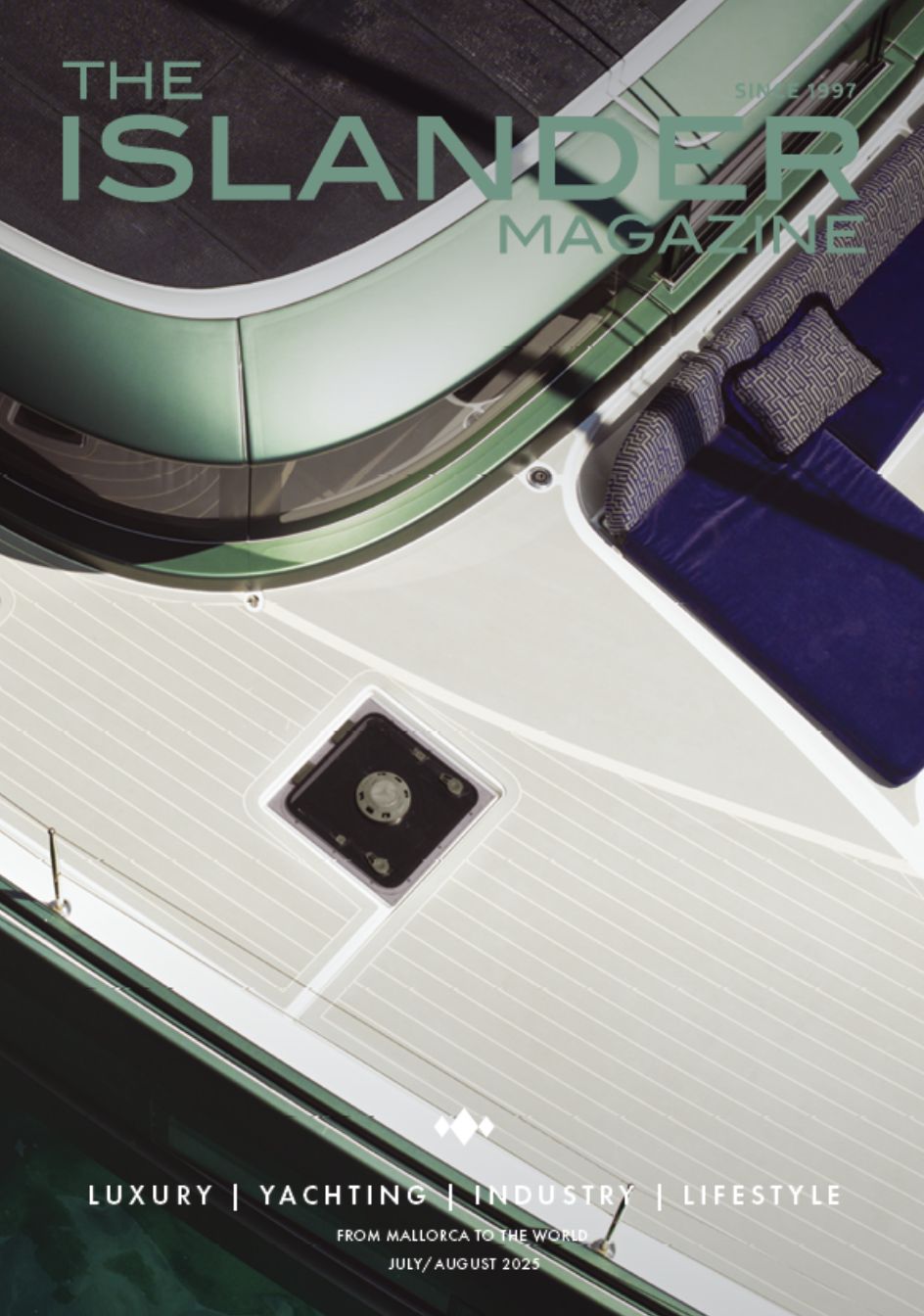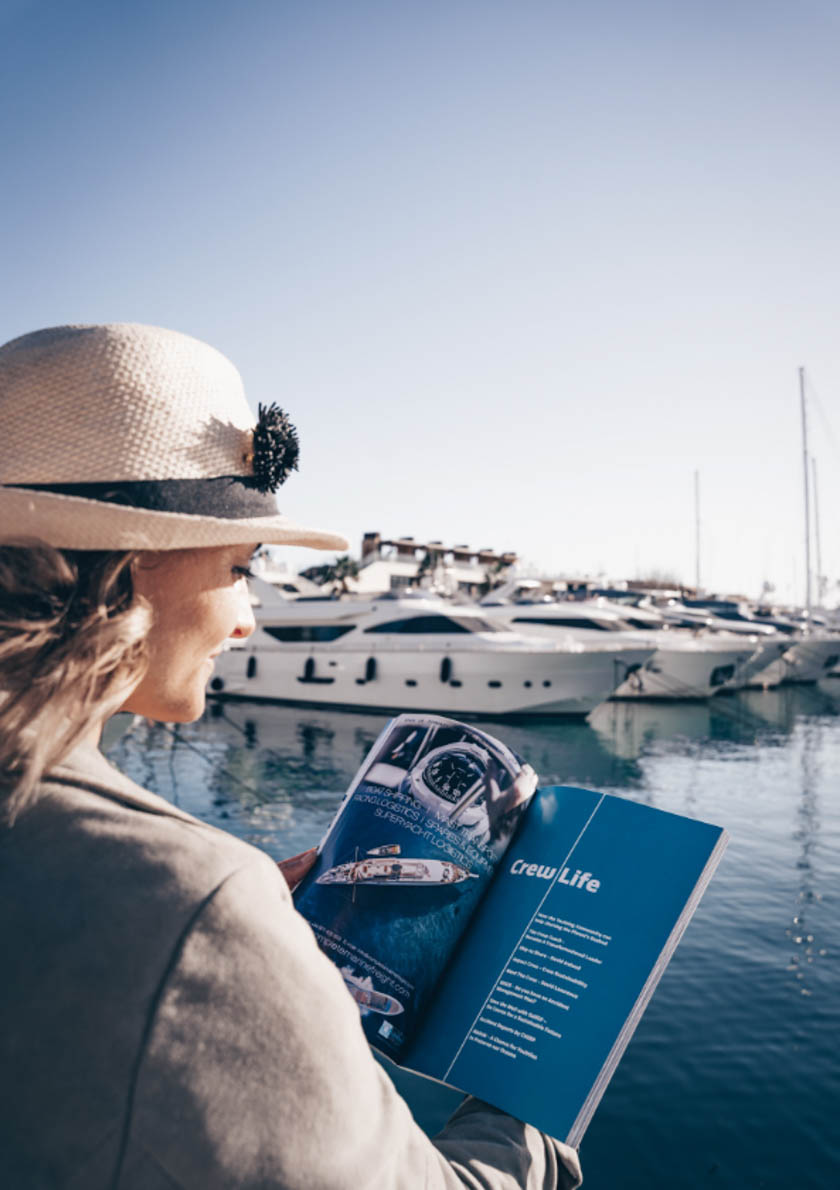With two accidents involving superyachts making headlines in recent weeks, questions have been raised about the state of crew safety. What regulations are in place to keep crew safe? Are yacht owners liable and what can owners do to ensure safety on board?
Current events put superyacht crew safety in the headlines:
A Kibo crewmember, Jacob Nicol, was seriously injured after falling from the 82 metre Abeking & Rasmusen yacht, Y.CO, the yacht’s manager, confirmed last week.
At the same time, an inquest was taking place to investigate the death of a crewmember on popular charter yacht Faith in 2013. Faith deckhand Michael Hanlon’s death was ruled accidental by the inquest. Jacob Nicol’s accident on Kibo, meanwhile, is still under investigation by Cayman Islands Registry – Kibo’s flag state. Both cases have, inevitably, raised questions about the issue of superyacht crew safety.
What crew safety guidelines are in place?
Those not intimately informed on matters involving superyacht crew safety might underestimate the regulations and guidelines that exist. The fact of the matter is, there are myriad – and often overlapping – international guidelines designed to keep those working on large yachts safe.
One layer comes from the International Maritime Organization (IMO), which sets a minimum standard for crew safety regulations on board with the International Safety Management Code, known as the ISM Code.
“Some think the ISM Code is a best practice, but it’s a minimum standard,” says Derek Smith of Hill Robinson Yacht Management. “Previous [safety] legislation was reactive, ISM aims to be proactive.” Smith notes that compared to other codes, such as SOLAS (Safety of Life at Sea) or STCW (Standards of Training, Certification and Watchkeeping), ISM is meant to be easy to comprehend and enforce.
“It’s very concise and based on the Deming Cycle, which is: plan, do, check, act,” says Smith. “ISM is designed to be a continual process of improvement.
“I’ve met a lot of people that think ISM is just paperwork – yes, documents drive it, but they are there so you can go back and see what you did.”
Beyond this are crew safety guidelines set forth by the classification societies, such as Lloyd’s, or if a yacht adheres to MCA Large Yacht Code. Then there are guidelines from the yacht’s flag state, which will get involved with an investigation if a serious accident occurs on board.
Yacht management companies will also have formalised safety management systems and documents of compliance that are audited annually by the flag states and then implemented on yachts they manage. These will then be modified to suit the needs of a specific vessel – what works on one yacht might not work for others if, for instance, there needs to be specialised guidelines for helicopter operations or towing a tender.
A culture of crew safety can help all on board
Of course, crew safety regulations and guidelines aren’t always enough. It’s how the codes and operating systems are implemented that can make the difference to crew safety. This needs to come from the top – from the captain down.
“It’s a culture that pervades throughout everyone on board,” says Derek Smith. “There needs to be a culture of safety and continual improvement.”
Smith notes that often if something on a yacht isn’t up to standard, a crewmember is reprimanded rather than encouraged to look for solutions to improve it, which makes safety seem like a negative concept. Instead of a punishment, safety should be a team effort with the crew constantly looking at how they can make things better.
Post-accident analysis
When there is a serious accident, yacht managers, flag states and regulatory bodies will make their analyses. In the case of Michael Hanlon on Faith, the deputy coroner presiding over his inquest even plans to send recommendations to the superyacht’s owner. With all the reviewing and talking, what might actually change in regards to superyacht crew safety?
“You can bet every yacht manager in the world is looking at their working over the side [of the yacht] procedures right now,” says Derek Smith, referring to the accident on Kibo in which the crewmember fell when working outboard of the yacht. If there are changes to be made, they will be, says Smith.
Some in the industry are calling for a more thorough analysis of the state of crew safety, to spot trends in why accidents are happening: did they happen at night? Did they involve alcohol? Are there any overarching themes that can be avoided?
“Absolutely there needs to be an accident analysis and it should be published,” says Jeff Partin of Camper & Nicholsons, himself former yacht crew. “I’ve been in yachting a long time and have been in a lot of situations, and [accidents are] often on the part of the individual.”
Are yacht owners liable for crew safety?
“Essentially any yacht owner as an employer has to provide a safe environment in which to work,” says John Leonida, partner of law firm Clyde & Co. “Yes, there are risks associated with being at sea, but owners are liable in the ways they organise the yacht. Yes they are beautiful beasts, but a yacht is also a place where people can trip over ropes, where davits can break – it’s all about risk assessment.”
Yacht owners, says Leonida, are open to litigation if accidents occur on board, and it does sometimes happen that a crew member will sue an owner. All owners should have the right insurance if a case gets to this stage, but it’s far better to prevent the accident in the first place.
What can yacht owners do to ensure superyacht crew safety?
“Act as a responsible owner so no one can accuse you otherwise,” says Leonida. “Follow the regulations on safety, have full or mini-ISM Codes in place, make sure your captain keeps a clean ship, make sure there are regular safety drills – and document all of that.”
Derek Smith says owners should be aware of what really goes on on board their yachts. He notes one owner who said he didn’t have an accident on his yacht in 10 years. “If someone doesn’t have accidents, I don’t believe it,” he says. “You’re just not aware.”
What can the industry do to improve crew safety?
“Crew should look out for each other more – help your crew mate get home safely,” says Jeff Partin. “The solution is to promote common sense.”
Partin has a novel suggestion for a marketing drive to promote crew safety. As the US had the famed “friends don’t let friends drive drunk” campaign, he suggests a similar campaign that would encourage crew to look out for one another. It should be pushed out in every crew agency, training facility and marina across the globe, he says.
The end game is that crew safety on board superyachts comes from all angles: regulations, owners, captains and the crew themselves. By being aware, working together and promoting common sense and a culture of safety, accidents can be prevented.
Source : http://www.boatinternational.com/yachts/luxury-yacht-advice/crew-safety–26207
















0 Comments